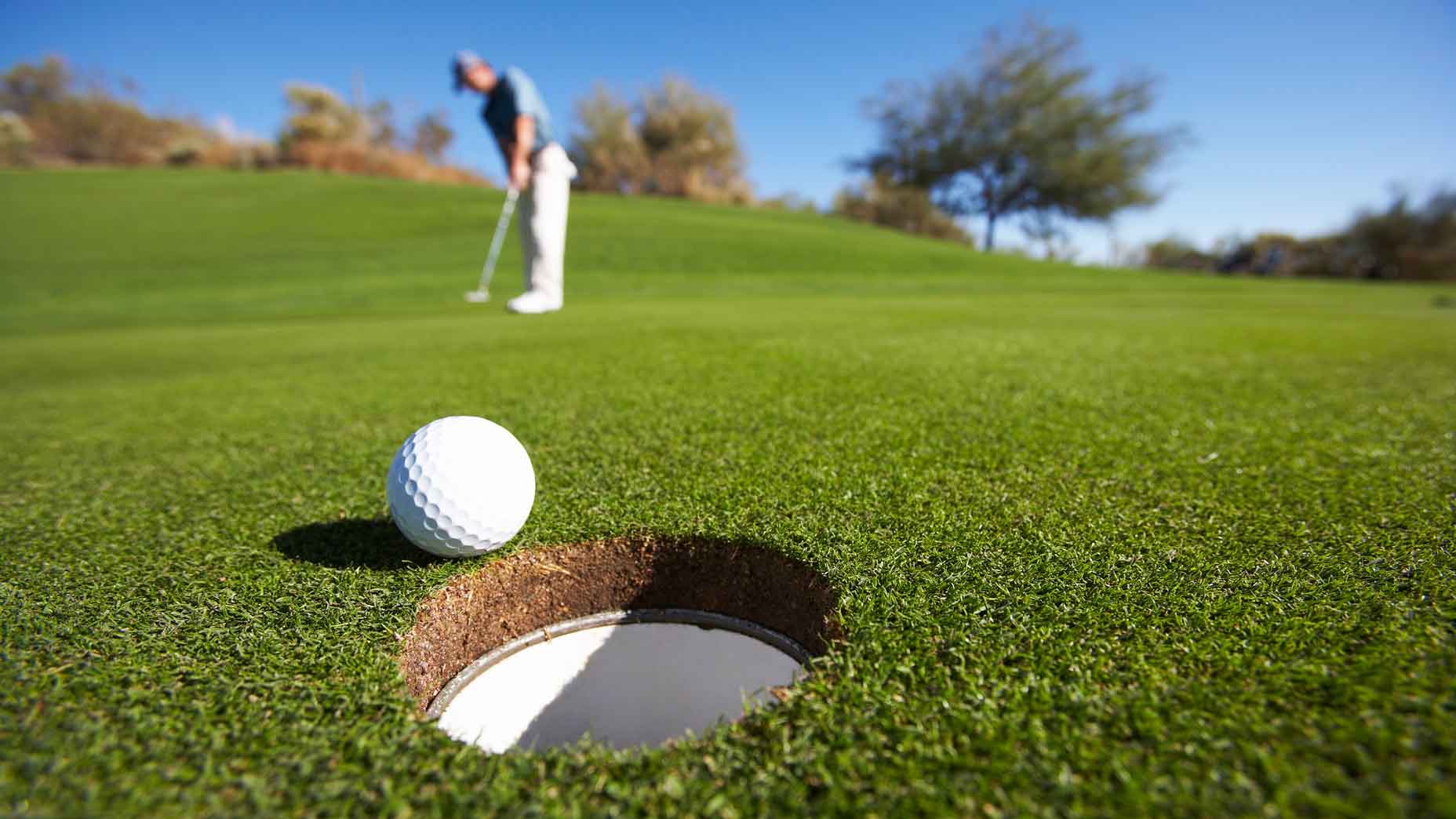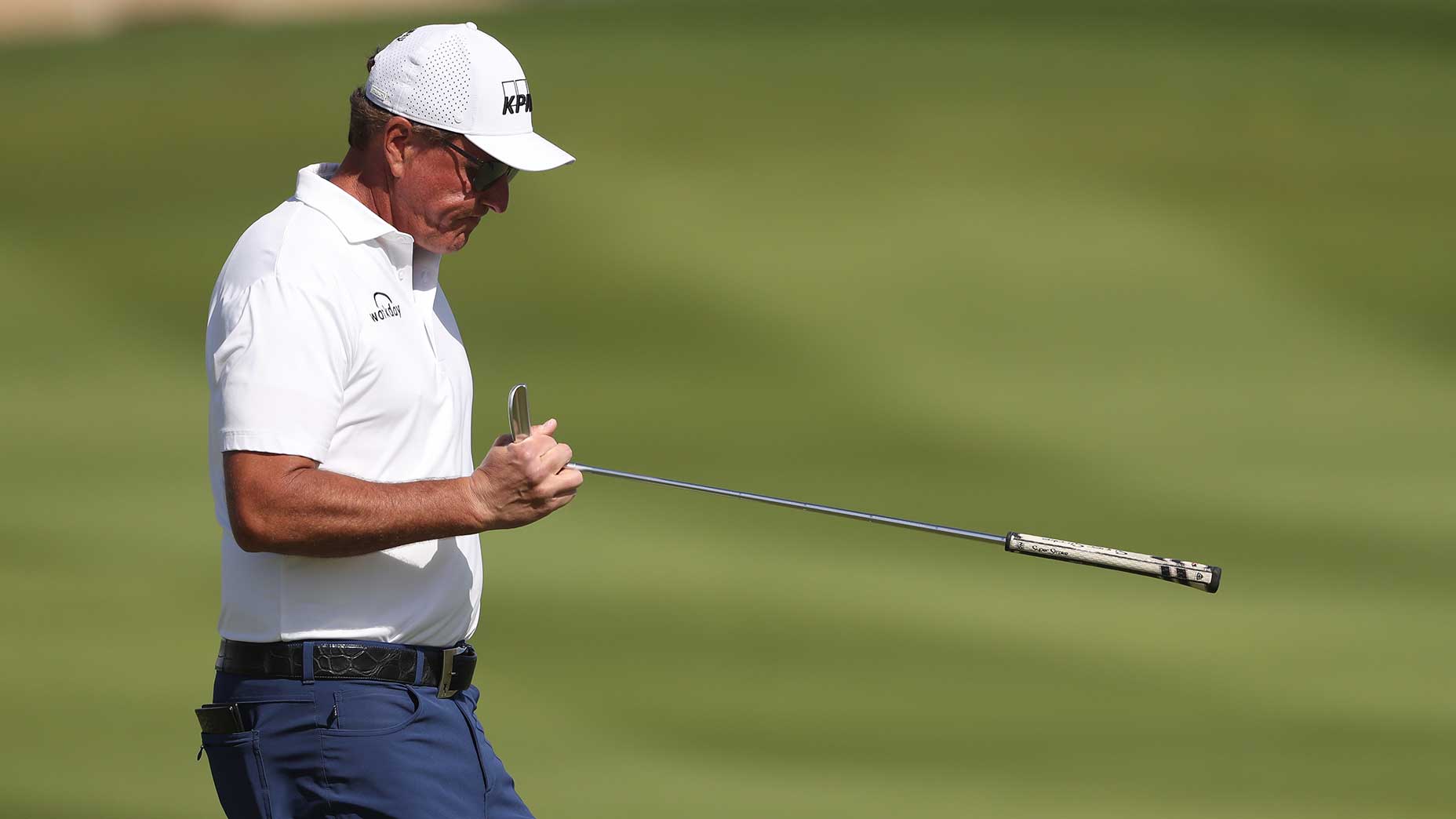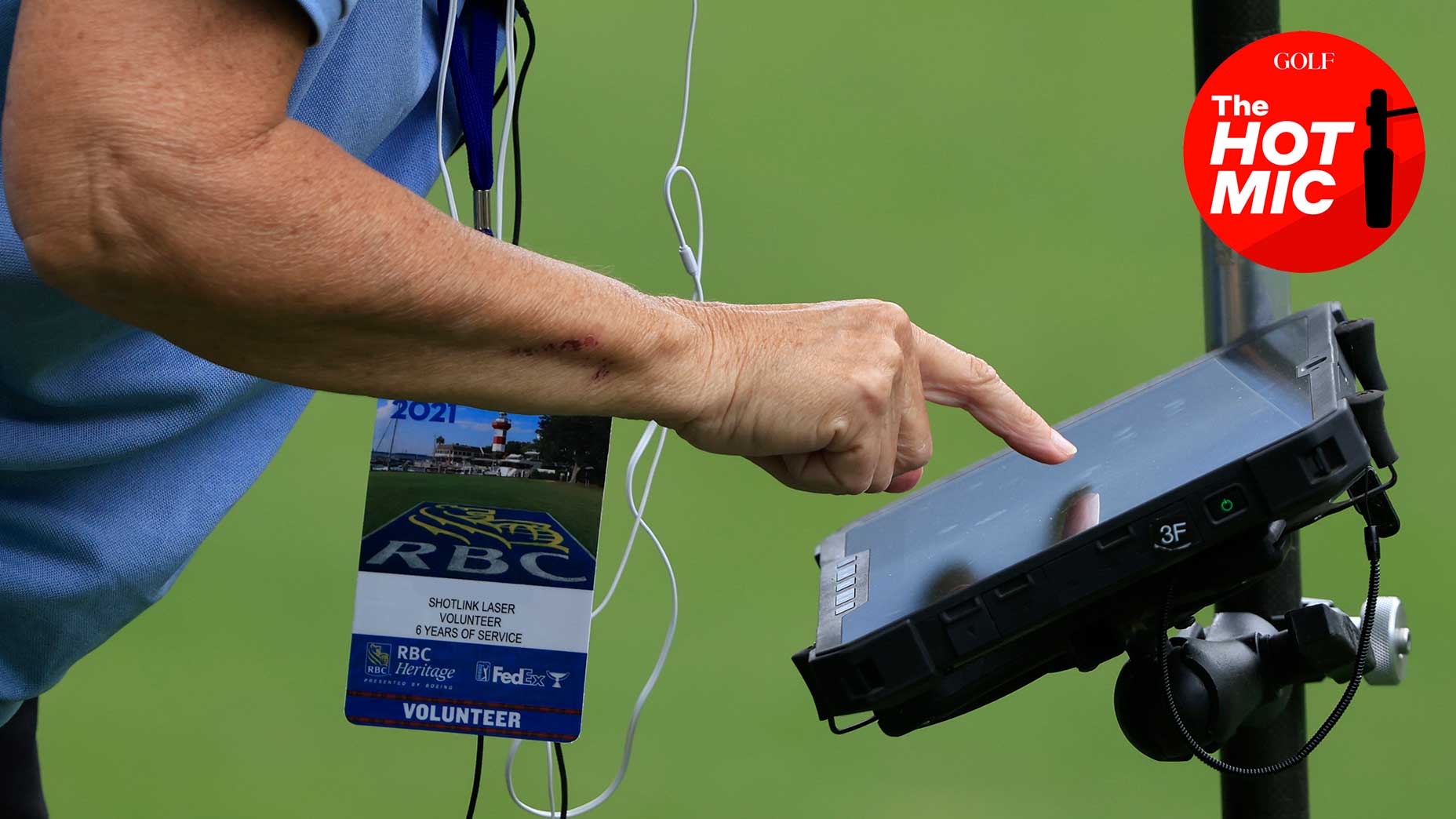
Why do so many golfers’ practice swings look way better than their actual swings?
Getty Images
Harvey Penick’s Little Red Book should be required reading for golfers looking to improve their games. Penick had a gift for making the complex seem simple, and his teachings ring true to this day. And with the PGA Tour heading back to Penick’s home of Austin later this month for the Dell Match Play, there is no better time to revisit the best secrets from his Little Red Book. Today, we examine why golfers’ practice swings so often look better than their actual swings.
Part 1: How to lower your handicap by five strokes
Imagine this: You’re on the first tee box and a modest crowd mingles about in the background. The starter summons your group to the tee, and you prepare for your first shot of the day. You’re nervous, but after a few beautiful practice swings, your confidence is sky high.
“I’ve got this,” you think.
You step up to the ball and make the exact same swing you made during your pre-shot routine. But to your horror, the ball hooks (or slices) directly out of bounds. You hang your head in shame as you dig through your bag for another ball, disgusted that you’ve embarrassed yourself after just one shot.
This is a scene most of us are familiar with, and one we all hope we never have to relive. Why is it so hard to replicate our perfect practice swings when it’s time for the real deal? The answer is simple.
“With his practice swing, he doesn’t have to square the clubface at impact,” Penick wrote in his Little Red Book. “When there’s a golf ball in front of him, he knows — at least subconsciously — that he must square that clubface, and tension sets in, causing all sorts of faults.”
It’s easy to make a swing that looks good when you aren’t hitting anything. But the key to a solid golf shot is a square clubface at impact. You can have the best-looking swing in the world, but it won’t produce quality shots if the face isn’t square at impact. It’s why so many players with odd-looking swings (Jim Furyk, Matthew Wolff, etc.) have such successful careers. Their swings might not be the most aesthetically pleasing, but their clubface is square at impact.
Another issue with practice swings, according to Penick, is that golfers don’t touch anything with their rehearsal moves — they merely whoosh the club through the air. But this isn’t how you swing the club when you’re hitting the ball. On nearly every shot (other than with driver), you’re also hitting the ground.
To get the most out of your practice swings, aim at something on the ground and try to clip it with your rehearsal swing.
“Aiming at something with your practice swing will help you learn to square the clubface,” Penick said. “Never take another practice swing without aiming at something.”
Heed Harvey’s advice, and you’ll never again have to live with the horror of a poor tee shot after several gorgeous practice swings.











